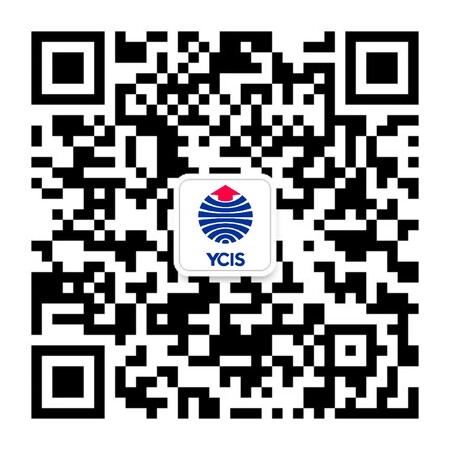Go Back
News
News
Humanities Week: We Are the Children of the World
News
02 Feb, 2018
10 : 00
Where better than an international school to explore the world’s diversity? With student bodies comprised of dozens of nationalities and mother tongues, international schools present students with the unique opportunity to experience firsthand the variety of ideas, customs and perspectives that make up our planet.
Last week, during Primary Humanities Week at Yew Chung International School of Beijing, lessons were organised to celebrate and reinforce the school’s international culture. Taking the theme “We Are the Children of the World”, students took part in activities ranging from art competitions, to making travel brochures, to researching the origins of their own names. Activities also made full use of the Primary Learning Community spaces to help students to extend their creativity and independence while engaging in deeper-level learning.
Segolene Wade, Year 5Co-Teacher and Humanities Week organiser explains more, including the benefits offered by the Learning Community model and ideas that teachers could use to create their own Humanities Week, even if they’re not teaching in an international setting.
A Space for Independence
With students throughout Primary taking part in Humanities Week activities, the Learning Community spaces allowed both increased collaboration and greater independence for students. Most of the Year 3 artwork was created in the Maker’s Space, for example. Here, resources are readily available, and it doesn’t matter if students make a (controlled) mess or paint gets on the floor – instead, that is viewed as being a part of the creative process. Likewise, in the Years 4-5 Darwin Studio Space, there are high chairs and tables, and paint is easily accessible. There’s also a sink nearby where children can go to clean their brushes and add more matter.
These are Spaces where teachers don’t need to walk students through every step of the activity, but instead where students are able to become more independent. When finished with their artworks, students proactively moved on to their next task, researching the origin of their names. Many students took their iPads to the Discovery Zone and other areas of the Learning Community – finding the space where they were most comfortable to engage with the activity – all the while being proactive in their own learning.
Bigger Than Themselves
Though being at an international school does help towards building students’ awareness of the diversity in the world, Humanities Weeks could take place in schools with less diverse student populations as well.
One way to do this would be to utilize technology, such as through Google’s Mystery Classroom, where it’s possible to connect with other classrooms in countries all around the world. In this activity, each classroom asks questions of students in the other country, aimed at determining in which country the other classroom is located. It provides a wonderful opportunity for students to gain exposure to an international environment and to discover more about distant places and cultures.
Yet because of the theme that was chosen, “We Are the Children of the World”, it could be adapted to a national focus as well. If in England, and many of the students haven’t yet travelled internationally, the focus of Humanities Week could be turned to the United Kingdom itself – with students studying the histories, languages and cultural varieties much closer to home.
The primary goal is simply for students to realize (and embrace) that they’re part of something bigger than themselves. And teachers can run with that concept in a multitude of directions, as big as they want to go.













